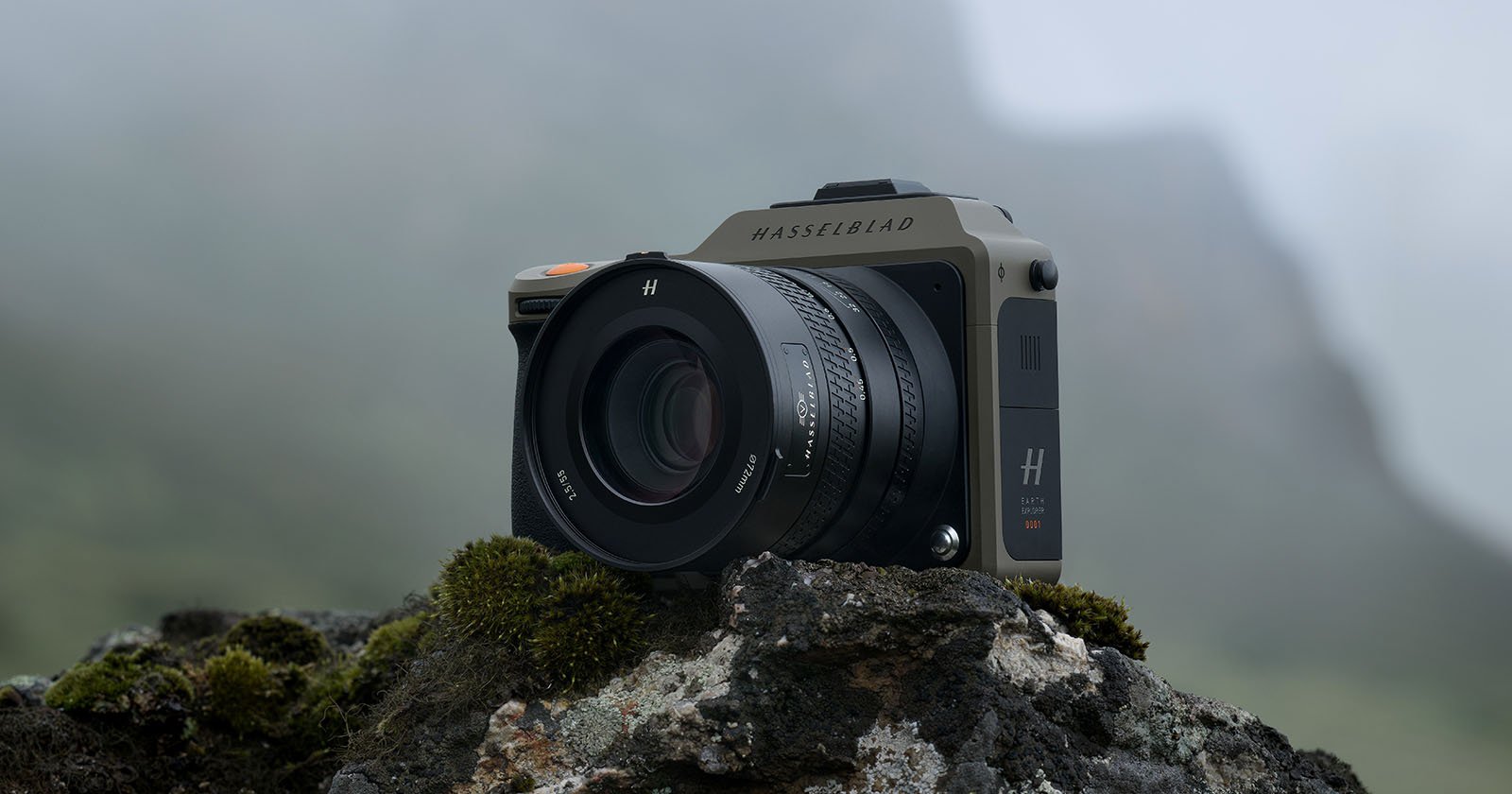Hasselblad in 2024: A Fun New Camera and a Trio of Excellent Lenses
![]()
Hasselblad was uncharacteristically busy this year, releasing a “new” camera and three new XCD lenses. The premium Swedish camera manufacturer continues to focus heavily on celebrating still photography and the experience of taking photos, and we’re here for it.
The Hasselblad 907X CFV 100C Is a Vintage-Inspired Camera With Incredible Image Quality
Now, let’s get one thing out of the way right off the bat, the Hasselblad 907X CFV 100C is not technically a new camera in and of itself. However, the complete package is new in 2024.
The 907X camera body was initially released in 2019 alongside the CFV II 50C digital back, which features the same 50-megapixel sensor as the Hasselblad X1D 50C and X1D II 50C interchangeable lens medium-format cameras released in 2017 and 2017, respectively. So, that part of the 907X CFV 100C kit isn’t new or even changed for 2024.
What’s new is the CFV 100C digital back, and it is a transformative change to Hasselblad’s vintage-inspired camera system. The new digital back has the same 100-megapixel sensor as Hasselblad’s excellent X2D 100C camera, and for that matter, the same basic sensor as Fujifilm uses in its GFX100-series cameras. However, it is worth noting that Hasselblad performs its own engineering and fine-tuning on the sensor, impacting the images’ overall look. In contrast to Fujifilm, Hasselblad also focuses exclusively on still photography — no video modes here.
![]()
Speaking of the X2D 100C, Hasselblad also launched a tundra-inspired brownish-green version of the camera this year. The “Earth Explorer” edition doesn’t impact the company’s grade for the year, but it’s worth mentioning.

The 907X and CFV 100C combine to deliver a retro-inspired photography experience. With additional add-ons, photographers can use a waist-level viewfinder or even a technical field camera array. Heck, photographers can even put the new digital back on Hasselblad 500 and 200 series film camera bodies from decades ago. In many ways, the 907X CFV 100C system celebrates photography’s past, long before digital photography was even a glint in an engineer’s eye. This vintage spirit and deliberate workflow is the primary reason why I picked the camera as one of my favorite pieces of gear of 2024. The camera is slow and not ideal for any specific type of photography, but it’s so fun to use because Hasselblad respects photography as an art form and understands that taking photos should be tactile and fun.
Three New Lenses, and They Are All Great
The Hasselblad XCD 25mm f/2.5 V, the company’s first of three lenses launched in 2024, arrived in May and added a swift option to the pretty crowded wide-end of Hasselblad’s X System. The widest V-series XCD lens, Hasselblad built its new 20mm-equivalent lens for cityscapes, landscapes, and night sky photography.
Given its $3,700 price tag, the lens should be good, and thankfully, it is — excellent, in fact. “The versatility and bright aperture make this an excellent choice for the Hasselblad system,” writes Chris Niccolls. For fans of wide-angle photography, this is among the best Hasselblad lenses available, if not among the very best on medium-format at large.
The wide-angle love did not stop there. A few months later, Hasselblad announced the XCD 20-35mm f/3.2-4.5 E, its first ultra-wide-angle zoom lens. Delivering a 35mm-equivalent focal length range of 16-27mm, the lens also kicked off a new series for Hasselblad, the “E” series. The “E” stands for “Exclusive,” promising the best optical quality yet. It could also stand for expensive, as the lens is an eye-watering $5,929. That is extremely expensive.
As Chris Niccolls writes in PetaPixel‘s review, the lens is nearly perfect. It could stand in for a series of wide-angle prime lenses, making the value proposition a bit easier to make, but almost $6,000 is a heavy price to pay.
Hasselblad wasn’t done yet, though. In November, the company announced the XCD 75mm f/3.4 P, a surprisingly lightweight standard prime lens. With an equivalent focal length of just under 60mm and a reasonably swift f/3.4 aperture, the lens can do a lot: portraits, street shots, and documentary work.
It’s a great lens for portrait photography, and pleasantly compact and easy to use. There are faster options in Hasselblad’s lineup, but many photographers are happy to compromise a bit on aperture if it means getting a more affordable and lighter lens.
Grading Hasselblad in 2024
By typical standards, a semi-new camera and three new lenses wouldn’t constitute a busy year. However, for Hasselblad, 2024 was relatively prolific. Last year, Hasselblad released just one new product, the XCD 28mm f/4 P lens. 2022 looked much like 2024: Three lenses and a camera. In 2021? Nothing. 2020 had only the X1D II 50C.
Hasselblad had a relatively prolific and very good 2024, easily earning a high mark.
Grade: A-
Image credits: Featured image created using an asset licensed via Depositphotos.